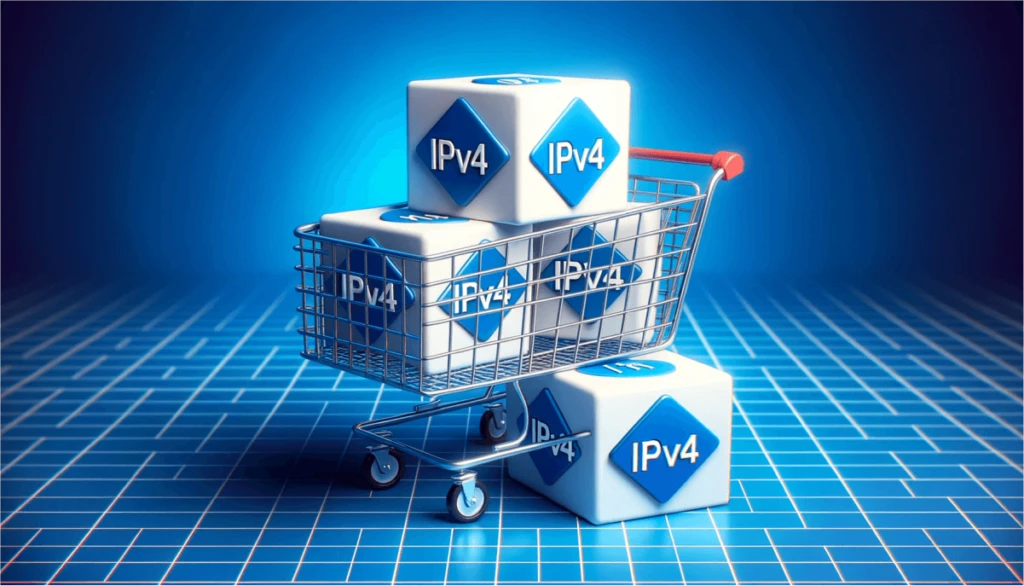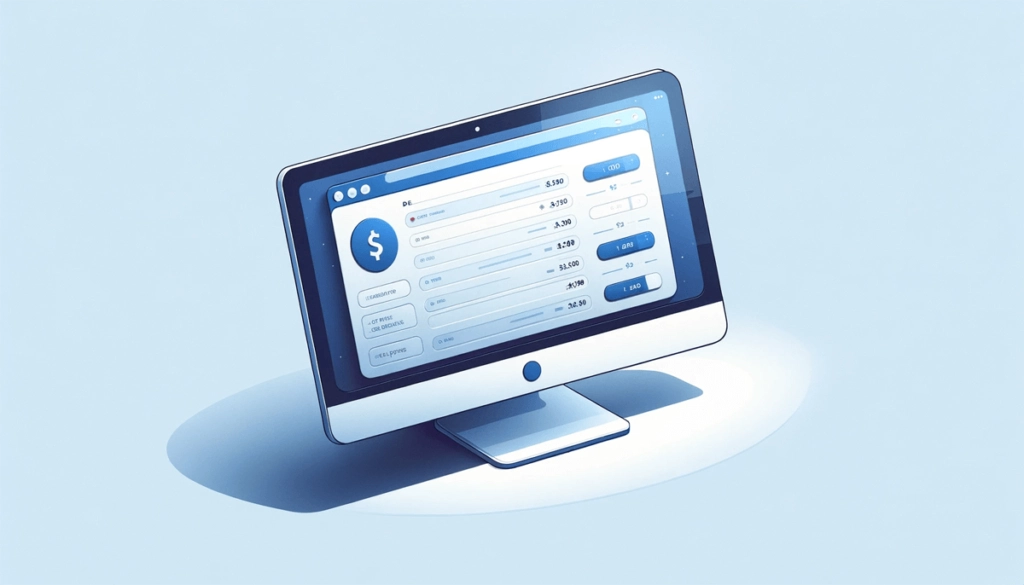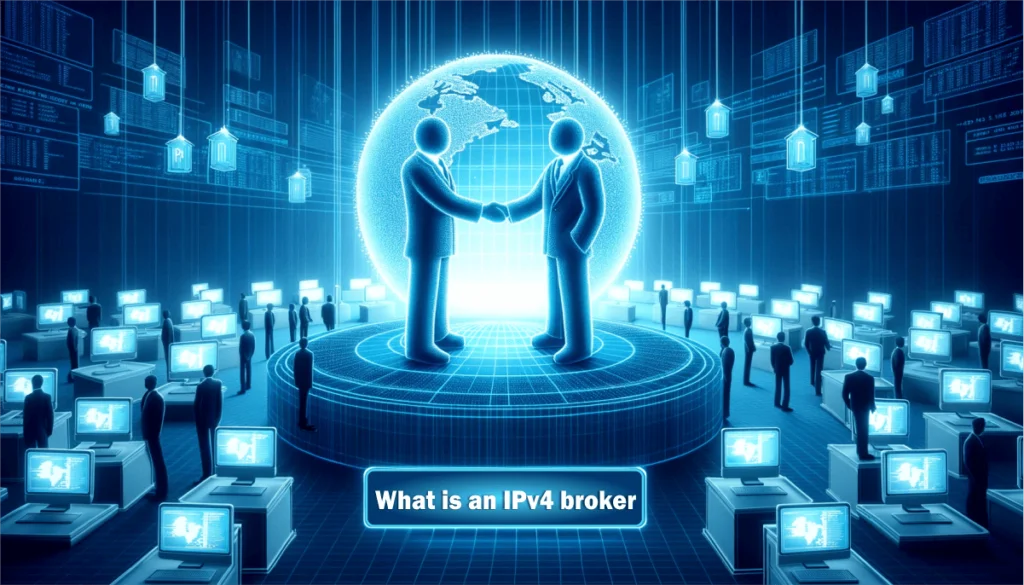Table of Contents
Determining the primary factor that influences the price of IPv4 blocks is complex. Some argue that the average price sellers have in mind is the actual price, regardless of buyer willingness. Another perspective is that the price is determined by actual transactions where both parties agree. Both viewpoints have merit. For instance, if owners of rare classic vehicles set a high price and no one can afford it, that price still stands. This suggests that a seller’s perception of price often outweighs the buyer’s.
It’s crucial to differentiate between historical and future prices. While historical prices provide insights, future pricing is arguably more intriguing.
Historical Pricing: A Glimpse into the Past
The first IPv4 transaction was between Nortel, then bankrupt, and Microsoft in 2011, priced at USD 11.25 per IP address. This set a precedent for subsequent transactions. These were legacy IP spaces, generally more valuable than RIR allocated IPs. Brokered by Addrex, Microsoft emerged as the highest bidder, likely because of their future plans for cloud services like Azure and Office 365. Interestingly, in this case, the buyer determined the price based on future prospects.
Since 2011, IP block prices have been steady, even as IP space becomes scarcer. However, with the ARIN depletion this year, prices have risen again.
Forces Shaping IPv4 Prices
- Demand from Web Hosting and Cloud Providers: Companies like these need IPv4 to run networks parallel to IPv6 due to IPv6’s lack of backward compatibility.
- Selling of Old IPv4 Stock: Access providers can now sell their old IPv4 stock, potentially lowering prices.
- Regional Internet Registry Policies: Restrictions on transfers and allocations can impact the market dynamics.
- Unassigned IP Addresses: While there’s a significant number of unassigned IPs, their release to the market remains uncertain.
- IPv6 Deployment: The gradual increase in IPv6 deployment raises questions about future IPv4 requirements.
- Supply-Demand Gap: The vast difference between IP addresses offered and requested could drive prices up.
- Reserved Space: The potential release of a large pool of reserved space can influence prices.
- Currency Exchange Rates: The USD-EURO exchange rate can impact IP prices, especially given the USA’s dominance in internet history.
- Block Size: Smaller blocks often fetch higher prices due to demand, while larger blocks offer technical advantages.
- Role of Brokers: Brokers, keen on commissions, can influence market perceptions and prices.
- IP Quality: Though it affects individual blocks, the quality of IPs is worth noting.
Making Sense of the IPv4 Market
For stakeholders, understanding these influencers is key. Budgeting, future planning, and market dynamics should guide purchasing decisions. If the desired price isn’t achievable, it’s time to reassess plans. The significant gap between IP supply and demand is a telling indicator of market direction.
For those who foresee a price surge in IPv4 addresses, it might be wise to invest now, securing needs for the next decade, provided it’s within budget.
Frequently Asked Questions
What factors influence the price of IPv4 blocks?
The price of IPv4 blocks is influenced by various factors, including demand from web hosting and cloud providers, selling of old IPv4 stock, policies of Regional Internet Registries, the number of unassigned IP addresses, the deployment of IPv6, the gap between supply and demand of IP addresses, the potential release of reserved IP space, currency exchange rates, the size of IP blocks, the role of brokers, and the quality of IPs.
How did historical IPv4 transactions set a precedent for pricing?
The first IPv4 transaction took place between Nortel and Microsoft in 2011, with a price of USD 11.25 per IP address. This set a precedent for subsequent transactions, with legacy IP spaces generally being more valuable than RIR allocated IPs.
How do Regional Internet Registry policies impact IPv4 prices?
Restrictions on transfers and allocations set by Regional Internet Registries can impact the dynamics of the IPv4 market.
Why is understanding the influencers of IPv4 pricing important for stakeholders?
For stakeholders, understanding these influencers is crucial for budgeting, future planning, and market dynamics. It helps guide purchasing decisions and provides insights into market direction.





